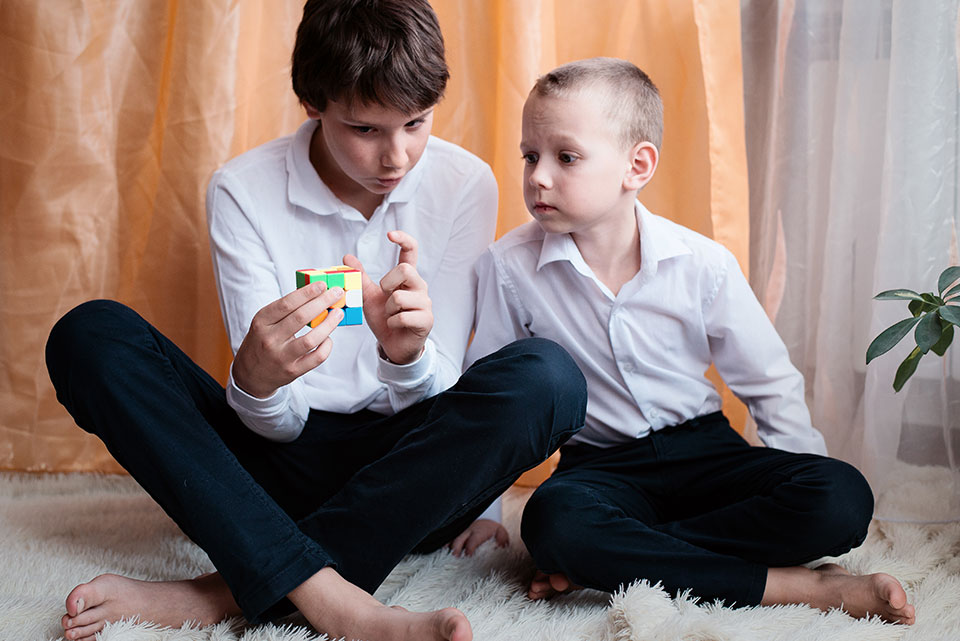SOFT SKILLS
What will really help my child in life? Without any pretence of exhausting the topic in these few lines and without forgetting how important we think relationships are, which we discuss here, we would like to focus our attention on soft skills, also called non-cognitive skills, character skills or life skills. These are skills (i.e. knowing how to do something) not in specific fields (those are called hard skills, such as riding a bike, playing a musical instrument, driving a truck, speaking a foreign language and so on).
They are transversal skills, in the sense that they run through the daily life of each of us and affect our every behaviour, our every reaction to what happens around us, in other words how we approach our lives. It is obvious how important they are and how much they can change the course of our existence: on them most of the time we base our choices, no matter how big or small.
Let us give some examples of soft skills.
Resilience is the ability to adapt and reorganise one’s life after an event that changes the scenario in which we live or work, creating what some call ‘a new normal’ in which we thrive by overcoming the problem.
Pragmatism is the ability to shift one’s reasoning (and consequently one’s actions) to the practical field, identifying which concrete activities can lead to the desired goal.
Autonomy is the ability to discern what to do without necessarily and continuously depending on others, being able to complete what one has started without external help.
Precision is the ability to consider and pay attention to detail, keeping every aspect of what you are doing under control.
The ability to negotiate and mediate is the ability to ‘bring to the table’ even very different interlocutors, to understand the points of view of each, to facilitate the reaching of a conclusion accepted by each of the parties.
Flexibility is the ability to accept that there may be different paths to the same result and that sometimes it may not be possible to achieve 100 per cent of the goals one had set.
Stress resistance is the ability to mentally take a step back, to look at things from a higher vantage point and to concentrate regardless of interference and constant distractions (physical and mental) from what one has to do.
Problem solving is the ability to solve problems for oneself and others, finding solutions where others cannot see them.
Resourcefulness is the ability to react, often in advance, to what is happening.
Proactivity is the ability to do more than what was asked of us, proposing improvements to the current situation, going beyond the goals we set ourselves, having achieved them; it is a kind of ‘mature and responsible resourcefulness’ that considers the effects of one’s reactions.
Self-confidence is the ability to believe you can do it even when we get mixed signals.
Optimism is the ability to find the positive side of everything wherever possible and to think that tomorrow will be better than today.
Leadership is the ability to inspire, motivate and guide a group of people towards the achievement of goals.
The ability to plan is the ability to organise in advance what is necessary to achieve one’s goals, considering the people involved, costs, benefits, ways, times, places and unforeseen events that might occur.
Knowing how to achieve one’s goals is the ability to focus on the result, regardless of the interferences and distractions that may arise, constantly weighing up viable alternatives.
Being able to communicate to the many and the few is certainly also a hard skill, but here we are referring to being comfortable speaking to groups of people of different sizes.
Creativity is the ability to invent new things, to find alternative solutions to classic problems, to take unusual paths to arrive at a desired result.
But can transversal skills be taught (and more importantly: can they be learned)? We believe so: in our training project we have included them and they permeate every activity, from those with young children to those with teenagers and young people. If you wish, you can read more here.

